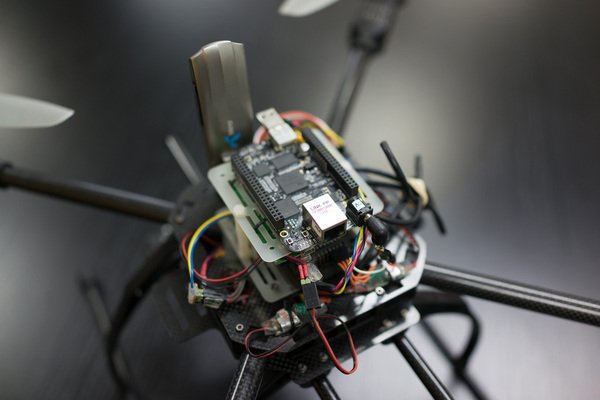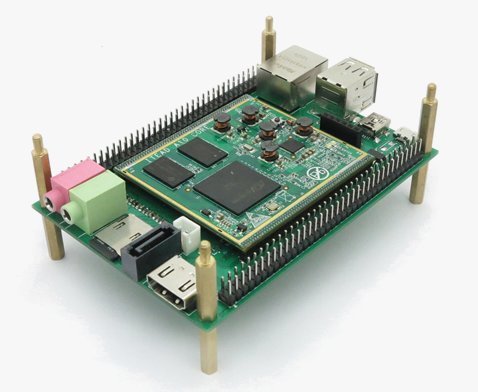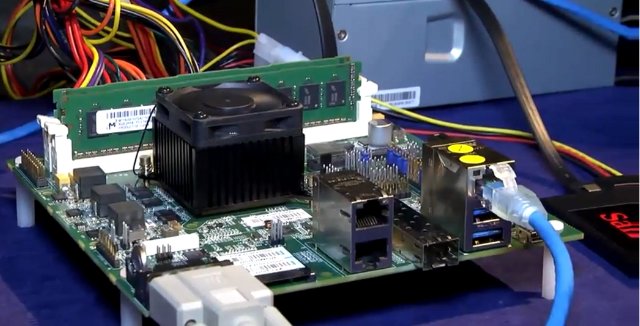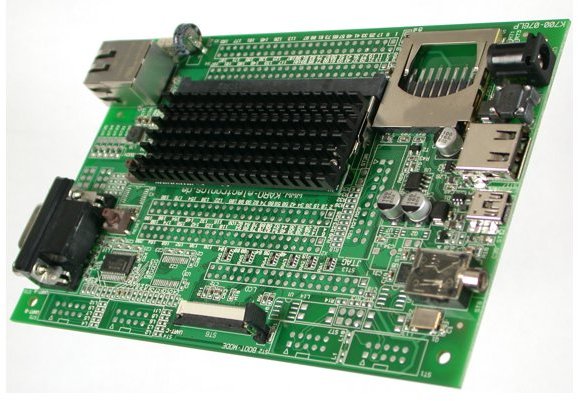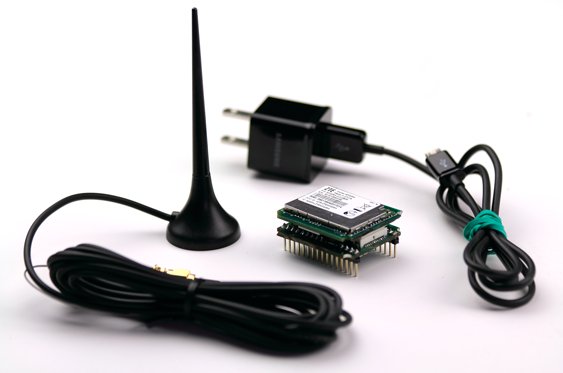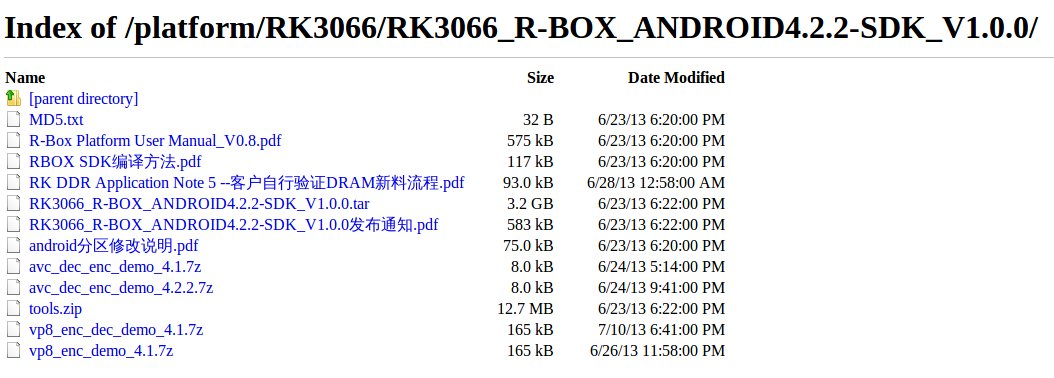Earlier this week, I wrote about SparqEE CELLv1.0 a low cost cellular module to allow applications such as RC helicopter with extended range thanks to cellular networks. It turns out there’s currently a crowdfunding campaign that aims to bring such solution to market, but using 3G/4G USB dongles instead. Sky Drone FPV (First Person View) is an HD video system that can be controlled using 3G or 4G/LTE networks, and features the BeagleBone Black as the controller board. It would usually be attached to a quadcopter, by there’s not reason why you could not also use it with RC ground vehicles. Let’s start with the technical specifications: Controller Board – BeagleBone Black 3G/4G LTE Modem: Option 1 – Huawei E397Bu-501 for US / Americas (4G LTE FDD 1700/2100MHz and 700MHz) Option 2 – Huawei E398u-1 for Europe / Asia (4G LTE FDD 900/2600 MHz) Camera: Option 1 – Full HD […]
LinuxCon Europe 2013 Schedule – Web Technologies, Debugging Techniques, Wayland, and More
I’ve just received an email from the Linux Foundation saying the schedule for LinuxCon and CloudOpen Europe 2013 had been made available. The conference will take place for 3 days (October 21-23, 2013) in the Edinburgh International Conference Center, Edinburgh, United Kingdom. There will be over 100 conference sessions, and several co-located events including: Automotive Linux Summit, the Embedded Linux Conference, Gluster Workshop, KVM Forum, Tizen Summit, Xen Project Developer Summit. As I’ve recently done with LinuxCon North America 2013 and ARM TechCon 2013, I’ll make a virtual schedule with selected developer sessions using the event’s schedule builder. You may find out several sessions will also be given in LinuxCon North America. Monday – 21st of October 11:00 – 11:50 – Bluetooth Smart Devices and Low Energy Support on Linux by João Paulo Rechi Vita, INdT This presentation will cover a brief introduction on how the Bluetooth Low Energy technology […]
$59 Iteaduino Plus ARM Linux Board Features Raspberry Pi and Arduino Compatible Headers
Iteaduino Plus is a development platform designed by ITEAD studio, a Shenzhen based company, powered by AllWinner A10 with 1GB RAM, a micro SD card slot, expansion header, etc… Overall features are very similar to the Cubieboard, but the platform is comprised of a baseboard and a CPU module. The baseboard features a 26-pin GPIO header compatible with the one on the Raspberry Pi, and you can add an expansion board to connect Arduino Shields. Iteaduino Plus specifications: SoC – AllWinner A10 Cortex A8 @ 1GHz with Mali400 GPU System Memory – 1GB DDR3 @480MHz Storage – 1x micro SD slot, 1x SATA Video Output – HDMI Connectivity – 10/100M Ethernet USB – 2x USB Host, 1x USB OTG Audio – 3.5mm Audio in and out jacks Expansion headers (see pin assignment) 2x 2×36-pin (Total 144, but not all used) – I2C, SPI, RGB/LVDS, CSI/TS, FM-IN, ADC, CVBS, VGA, SPDIF-OUT, […]
Making-of Video for the MinnowBoard
A second, and last, fun video for today. After uploading a making of video for the Beaglebone Black, CircuitCo has done it again, but this time with the MinnowBoard, an Intel Atom embedded board, and uploaded a video showing how the board is manufactured in their factory in Dallas, Texas. The main steps are very similar to the one performed by the Beaglebone Black, but they apparently skipped a few steps in the video: A machine applies solder paste to the PCB, and inspects the solder paste. Two SMT machine mount up to 33,400 chips per hour. The Intel Atom processor is placed on the board by another machine Reflow soldering for SMT components Optical inspection via an automatic optical inspection (AOI) machine (Model AV 862) Functional testing Packing
KVM on 64-Bit ARM with AppliedMicro X-Gene Developement Platform
Applied Micro announced X-Gene 64-Bit ARMv8 Server-on-Chip at ARM Techcon 2011, and later in 2012, they showcased Apache2 on an FPGA implementation of the chip. More recently, they showcased KVM (Kernel-based Virtual Machine) on their X-C1 hardware platform with an actual X-Gene SoC at Linaro Connect Europe 2013, and Linaro has just uploaded the video of the demo. The development board features 8 ARMv8 64-bit processors, PCI network, up to 6 SATA drives (but only one used in the demo), and they also have hardware fitted into a 1U rack. The demo below runs 4 SMP Linux virtual machines (with 2 VCPUs), including 2 ARMv7 32-bit, and 2 ARMv8 64-bit guests, running web servers concurrently on each VM using VirtIO-based network virtualization.
$200 Direct Insight Triton-TXEK EvalKit for iMX6 Features Freescale i.MX 6Quad Processor
With Wandboard Quad, SABRE Lite, Nitrogen6X, and UDOO, we already have some choices when it comes to low cost Freescale i.MX 6Quad development platforms. Direct Insight, a British company, has developed another called TRITON-TXEK EvalKit for iMX6 that includes the company’s Triton-TX6Q SoM, for 130 GBP (about $200). TRITON-TXEK for iMX6 Specifications: Specifications listed for the Triton-TXEK evaluation kit include: SoC – Freescale i.MX 6Quad quad core Cortex-A9 @ 1GHz with Vivante GC2000 GPU System Memory – 1GB DDR3 Storage – 128MB NAND flash + SD card slot Display – TFT panel via 40-pin LCD flat cable header Connectivity – 10/100M Ethernet USB – USB 2.0 host + mini USB 2.0 host/device Serial – RS232on D-Sub connector Audio – 3.5mm headphone jack Power Supply – 5V Dimensions – Module: 68mm × 31mm, Baseboard: Who knows… Operating temperature – -20 to 70°C Since the only easily accessible display option is the […]
SparqEE CELLv1.0 Devkit Adds a SIM Card to Your Arduino, Raspberry Pi, or Other Hardware
There are several ways to add wireless connectivity to your sensors, relays, motors, or other devices. Bluetooth, Zigbee and Wi-Fi can all do a good job for short ranges, and the Weigthless standard will eventually provide ranges up to 10km with ultra low power on free spectrum, but it is not available right now, and a good way to achieve longer ranges is to use cellular networks. SparqEE has designed a development kit called CELLv1.0 to add GSM and 3G connectivity to the Internet of things, including (optional) shields for Arduino and Raspberry Pi boards. Here are some technical specifications for the kit: Cellular Networks – WCDMA/HSDPA 2100/1900/900MHz, GSM/GPRS/EDGE 850/900/1800/1900MHz, 384Kbps, DL3.6Mbps HSDPA via ZTE modem Protocols – Data (TCP/UDP), SMS ready Serial interface – Serial (UART, From Cellular Board is 1.8V, From Jumper board is any voltage (ex. 3.3V, 5V)) USB – (power, USART, and modem) Input Voltage – […]
Rockchip RK3066 Android 4.2.2 HDMI TV Stick SDK Leaked
About 10 days ago, Android 4.2.2 SDK for MK908 (RK3188) HDMI TV Stick was leaked, and now, I’m reporting another leak, this time for the Android 4.2.2 SDK for the Android TV Boxes based on the older Rockchip RK3066 dual core processor. The files were first found on an FTP server, but one of Freaktab members uploaded a compressed image of all files, RK3066_R-BOX.7z (3.2GB) to MEGA.co.nz. The content of the SDK directory comes with a bit of documentation, AVC and VP8 encoding and decoding demos, and the SDK itself as a 3.2GB tar. I’ve haven’t download the file yet. If you switch to the parent directory, you’ll find more documentation such as several datasheets and RK3066 technical reference manual, hardware files (Schematics, PCB layout, BoM), and some manufacturing files. If you go up to the parent directory, you’ll also find an A20 directory with AllWinner A20 Android SDK (homlet […]


